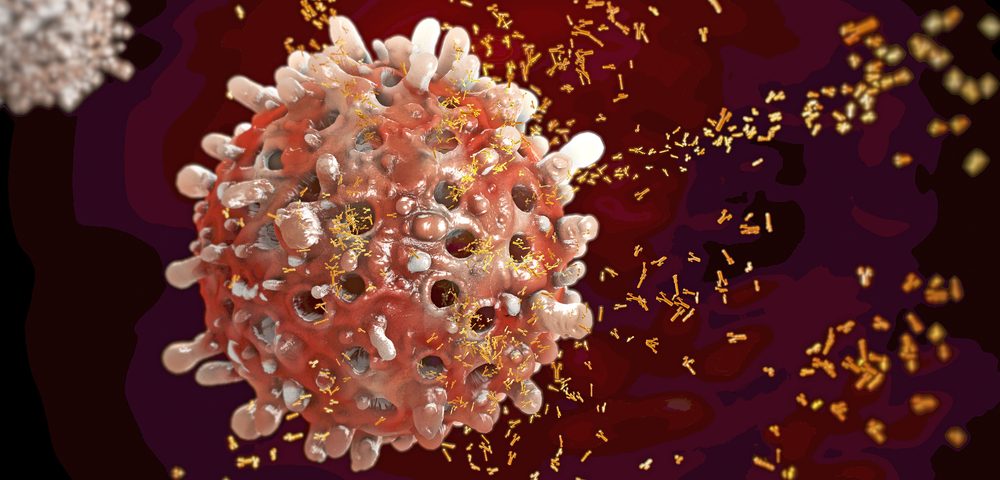Low numbers of a group of immune cells — called regulatory B-cells — that help to control inflammation may underlie the development of juvenile idiopathic arthritis (JIA), early research suggests.
The study, “Frequency of CD1+CD24hiCD3hiregulatory B cells is decreased in peripheral blood and synovial fluid of patients with juvenile idiopathic arthritis: a preliminary study,” was published in the journal Pediatric Rheumatology.
JIA, the most common chronic rheumatic disease in children, is a complex disease with up to seven subtypes. But despite recent advances in understanding the disease’s origins and cause (its etiology), its underlying mechanisms remain largely unknown.
Recent studies point to a potential role of immune B-cells in JIA development. The levels of B-cell-related genes were reported to be high in JIA patients, as were the numbers of so-called memory B-cells — cells that retain a “memory” of a past infection, ensuring that in a second encounter the immune response is faster.
Regulatory B-cells, also called Bregs, are a distinct subset of B-cells capable of modulating immune system responses by secreting, for example, small molecules called interleukins (IL) — especially IL-10, which has potent anti-inflammatory effects. As such, Bregs expressing IL-10, also called B10 cells, can lower inflammation.
A drop in Bregs’ number may lead to autoimmunity, and this has actually been shown in several autoimmune diseases, including rheumatoid arthritis and systemic lupus erythematosus. In a mouse model of arthritis, the transference of Bregs was able to reduce disease activity, hinting that Bregs may also play a role in JIA.
Researchers, testing this hypothesis, analyzed the percentage of Bregs and the levels of IL-10 in blood and synovial fluid — the liquid between certain joints — samples from 21 patients with JIA (mean age, 11 years).
Within this JIA cohort, 13 patients had polyarticular JIA (inflammation in five or more joints), five had oligoarticular JIA (affecting four or fewer joints), two had systemic JIA (characterized by joint pain, tiredness, fever, loss of appetite and weight), and one case of psoriatic JIA, where joint inflammation comes with a chronic inflammatory skin disorder called psoriasis.
As controls, the team used 11 children (mean age, 12) with growing pain but without any known rheumatic disease.
Bregs possess different molecules at their surface (surface markers), which identify different subsets of Bregs. In the study, researchers used a triple combination of surface markers — CD19+CD24hiCD38hi — to identify them.
Results showed that JIA patients had a significantly lower number of these Bregs compared to controls, both in the blood — 16.11 vs. 23.83% — but particularly in the synovial fluid — 3.23% vs. 16.11%, respectively.
Moreover, a lower frequency of Bregs was detected in blood samples of patients positive for the rheumatoid factor, a marker of rheumatoid arthritis.
Surprisingly, the levels of B10 cells, those that secrete the anti-inflammatory IL-10, were similar between JIA patients and controls. The only exception was the poly-JIA subgroup, in which researchers found a significant increase of B10 cells.
The frequency of B10 cells correlated with disease activity, with a significantly lower frequency among active JIA patients compared to inactive patients (5.77 vs. 9.72%), while no differences were found between active patients and controls.
These results suggest that “the inability of the host to produce enough regulatory B-cells in PB [peripheral blood] and especially in SF [synovial fluid] of JIA patients may contribute to the disease, especially the local inflammation,” the researchers wrote.
“[F]urther studies with a larger sample size and more longitudinal follow-up will be needed to confirm the findings reported here,” the team emphasized.

